A Collector’s Passion: Navigating the World of Royal Doulton Figurines
For over a century, the name Royal Doulton has been synonymous with exquisite British craftsmanship and timeless elegance. To hold one of their hand-painted bone china figurines is to hold a piece of history—a miniature sculpture capturing a fleeting moment of grace, a whimsical character, or a snapshot of a bygone era. These delicate figures have adorned mantelpieces and display cabinets for generations, passed down as cherished heirlooms and sought after by passionate collectors worldwide.
But as we move through 2025, the landscape of collecting has evolved. New generations of collectors are asking critical questions: Are Royal Doulton figurines still valuable? How do I identify the pieces I’ve inherited? And what does the future hold for this iconic brand? The market has shifted, becoming more nuanced and specialized, but the allure of these ceramic treasures remains as potent as ever.
This comprehensive guide is designed for both the novice enthusiast and the seasoned collector. We will delve into the rich history of Royal Doulton, decode the all-important backstamps and HN numbers, explore the most beloved collections, and provide a realistic, up-to-date analysis of what your figurines are worth in today’s market.
The Legacy of Lambeth: A Brief History of Royal Doulton
To truly appreciate the figurines, one must understand their origin. The story begins not with delicate ladies, but with industrial ceramics in Lambeth, London, in 1815. John Doulton, alongside his partners, initially produced stoneware, drainpipes, and pottery. It was his son, Henry Doulton, who pioneered the company’s move into the world of decorative art, establishing the Lambeth Studio and attracting talented artists.
The turn of the 20th century marked a pivotal moment. Under the artistic direction of Charles Noke, the company began producing the bone china figures that would define its legacy. In 1901, King Edward VII granted the company the Royal Warrant, allowing them to use the coveted “Royal” prefix. The first of the iconic HN series figurines, named after head painter Harry Nixon, was introduced in 1913. This numbering system would become the key to identifying and cataloging thousands of different models for the next century.
Decoding the Base: How to Identify and Date Your Royal Doulton Figurine
The underside of your figurine is its birth certificate. Understanding the markings is the first and most crucial step in identifying its age, origin, and potential value.
1. The Royal Doulton Backstamp
The backstamp is the primary trademark. While there are dozens of minor variations, its evolution provides a general timeline:
- Early Marks (Pre-1901): You might see marks with “Doulton & Co.” or “Doulton Lambeth.” These are rare on bone china figures.
- The Lion and Crown (c. 1901 – 1922): After receiving the Royal Warrant, the iconic mark featuring a lion standing atop a crown was introduced, often with “Royal Doulton, England” written around it.
- The “Interlocking D” Motif: Many early marks feature an interlocking “D” symbol.
- Later Marks (Post-1920s): The mark became more standardized, but small changes can help date a piece. The addition of “Bone China” or “Fine Bone China” and copyright dates are key indicators. A date written in green is a strong sign of a post-1928 piece.
2. The All-Important HN Number
The single most important identifier is the “HN” number. Every Royal Doulton figurine model produced from 1913 onwards was assigned a unique number.
- What it Means: “HN” stands for Harry Nixon, the artist in charge of the new figure painting department in the early 20th century. The number that follows (e.g., HN2103 for “Top o’ the Hill”) identifies the specific model.
- Dating and Value: Generally, the lower the HN number, the older the model’s design. The earliest figures (HN1 to roughly HN800) were produced before 1930 and are often more sought after by serious collectors.
- Production Span: An HN number identifies the model, not the exact year of production. A popular model like “The Old Balloon Seller” (HN1315) was produced for over 70 years. To pinpoint the age of a specific piece, you must combine the HN number with an analysis of the backstamp style.
3. Artist’s Initials and Other Markings
Look closely for small, hand-painted initials or monograms near the main backstamp. These are the marks of the individual painter who decorated your figurine. While these marks don’t always dramatically increase value, figurines decorated by renowned senior artists can sometimes command a premium.
The Icons of the Collection: Royal Doulton’s Most Beloved Series
While thousands of models exist, certain series have become cornerstones of the collecting world.
The Pretty Ladies Collection
This is the quintessential Royal Doulton series. These elegant figures of women in flowing gowns are celebrated for their grace, intricate detail, and vibrant colorways.
- Key Designers: Leslie Harradine (the most prolific and famous designer), Peggy Davies, and Valerie Annand are names to look for. Their designs are the gold standard.
- Figure of the Year: Starting in 1990, Royal Doulton began releasing a “Figure of the Year,” available for only twelve months. These pieces, such as “Rebecca” (1995) or “Grace” (1998), are highly collectible and often serve as a gateway for new enthusiasts.
- Value Drivers: Rare colorways (a version of a standard model painted in a different color scheme) and early models designed by Harradine are particularly valuable.
The Character Jugs
Almost as famous as the Pretty Ladies, Character Jugs are whimsical, three-dimensional portraits of historical and fictional characters.
- History: The first jug, “John Barleycorn,” was introduced in 1934. The series grew to include everyone from Winston Churchill and Shakespeare to The Beatles and characters from The Lord of the Rings.
- Sizes and Rarity: Jugs were produced in several sizes: Large, Small, and Miniature. Sometimes a character was only produced in one size, making it rarer. Prototypes and experimental colorways are the “holy grails” for jug collectors.
- Market Shift: The discontinuation of Character Jug production by Royal Doulton in the early 2000s fundamentally changed the market. It froze the catalog, making rare and desirable jugs even more sought after on the secondary market.
Nostalgic Childhood Collections
- Bunnykins: Created by Sister Mary Barbara Bailey, these charming depictions of rabbits in human clothing have been a nursery staple since the 1930s. Early and rare Bunnykins pieces can be surprisingly valuable.
- Brambly Hedge: Based on the beloved books by Jill Barklem, this series captures the idyllic world of the mice of Brambly Hedge. It was introduced in 1982 and remains popular with collectors who cherish the nostalgia.
Determining Value in the 2025 Market: What is My Collection Worth?
This is the most pressing question for today’s collectors. The truth is that the market has contracted from its peak in the 1980s and 90s. The widespread availability of common figures on the internet has meant that models produced in large quantities for many decades often have modest values, sometimes as low as $20-$50 USD (₱1,200 – ₱3,000).
However, this does not mean the collection is worthless. Rarity is now the key driver.
Key Factors Influencing Value:
- Condition: This is non-negotiable. A figurine must be in mint condition to command its full value. Any chips, cracks, hairline fractures, or restoration work will decrease its worth by 80% or more.
- Rarity and HN Number: Is it a limited edition? Was it an early model with a low HN number that had a short production run? Is it a rare colorway? These are the pieces that have held or increased their value.
- Desirability: Some models are simply more popular than others. Iconic figures like “The Old Balloon Seller” (HN1315) or “Top o’ the Hill” (HN1834) are always in demand, though their value is tempered by their long production runs.
- The “Three P’s” – Provenance, Paperwork, and Packaging: Does the figurine come with its original box and certificate of authenticity (especially for limited editions)? This is crucial for serious collectors and can increase value by 15-25%.
- Artist Signature: A clear signature from a famous designer like Leslie Harradine or Peggy Davies can add a significant premium.
How to Research Prices:
- Online Marketplaces: The most effective tool is to check the “Sold” listings on eBay. This shows you what people are actually paying for a specific HN number in the current market, not just what sellers are asking.
- Auction Houses: For rare or large collections, reputable auction houses (both online like Catawiki and traditional ones) can provide expert valuations.
- Price Guides: Published price guides can be a good starting point but should be used with caution, as their values can become quickly outdated in the fast-moving online market.
A Guide to Building and Caring for Your Collection
- Where to Buy: Beyond online sites, look for reputable antique dealers, estate sales, and specialized collector fairs. In the Philippines, dedicated collector groups on social media and high-end antique shops in major cities can be excellent resources.
- Spotting Fakes: Genuine Royal Doulton fakes are rare due to the complexity of the manufacturing process. The bigger risk is buying a “second-quality” piece (which should have a scratch through the backstamp) sold as a “first.”
- Display and Care:
- Avoid Sunlight: Direct sunlight will cause the hand-painted colors to fade over time.
- Secure Cabinets: Display your collection in a closed glass cabinet to protect it from dust and accidental knocks.
- Gentle Cleaning: Dust regularly with a soft, natural-bristle brush (a makeup brush works perfectly). If a deeper clean is needed, use a soft cloth with a tiny amount of mild soapy water, avoiding any gilded areas, and dry immediately. Never submerge a figurine in water.
The Future of Collecting
The era of buying Royal Doulton figurines as a simple, guaranteed-to-appreciate investment is over. The modern hobby is driven by true passion—for the artistry, the history, and the personal nostalgia these pieces evoke. The 2025 collector is more informed, more selective, and more focused on rarity and condition than ever before.
This shift has created a healthier, more sustainable market. The common pieces remain accessible for those who simply love their beauty, while the truly rare and exceptional models continue to be prized investments for the serious connoisseur. A Royal Doulton figurine is more than bone china; it’s a story, a memory, and a piece of enduring art that will continue to captivate those who appreciate its timeless charm.

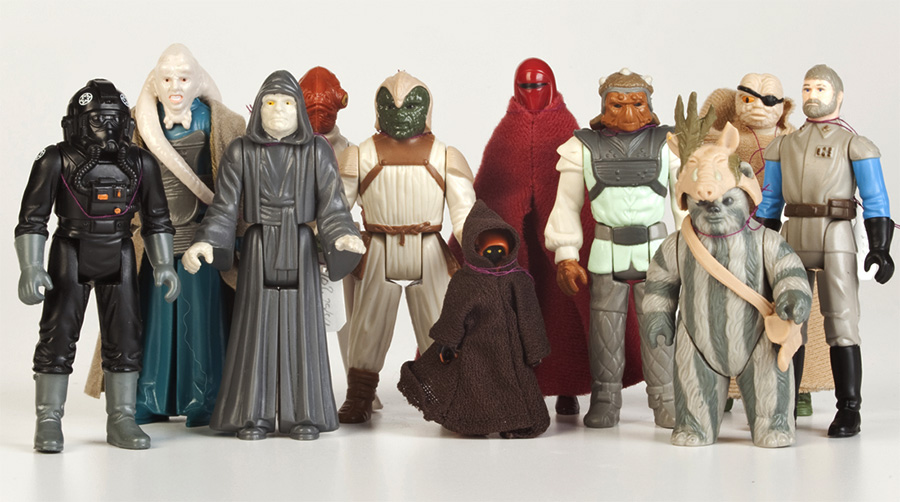
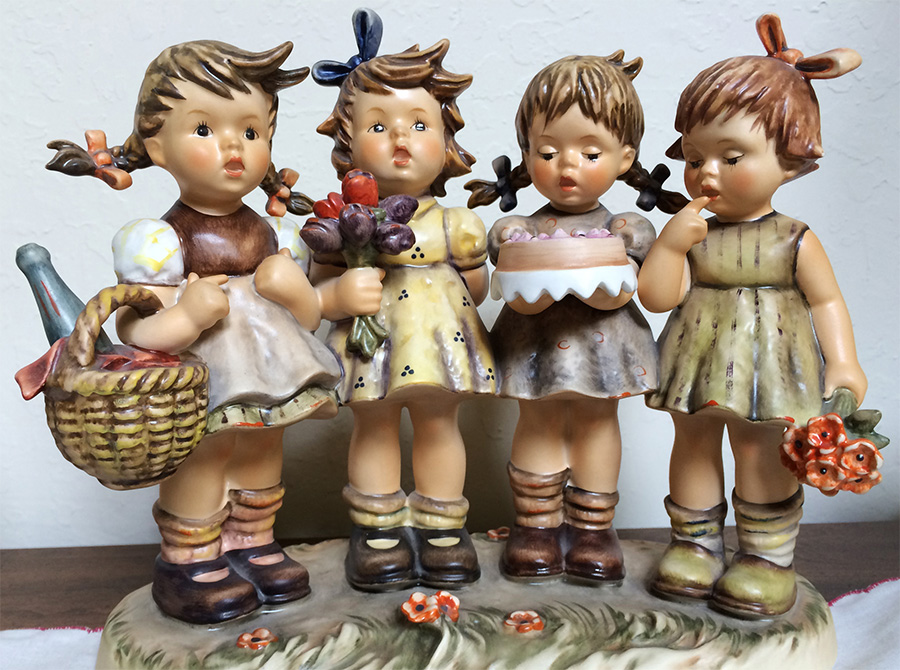
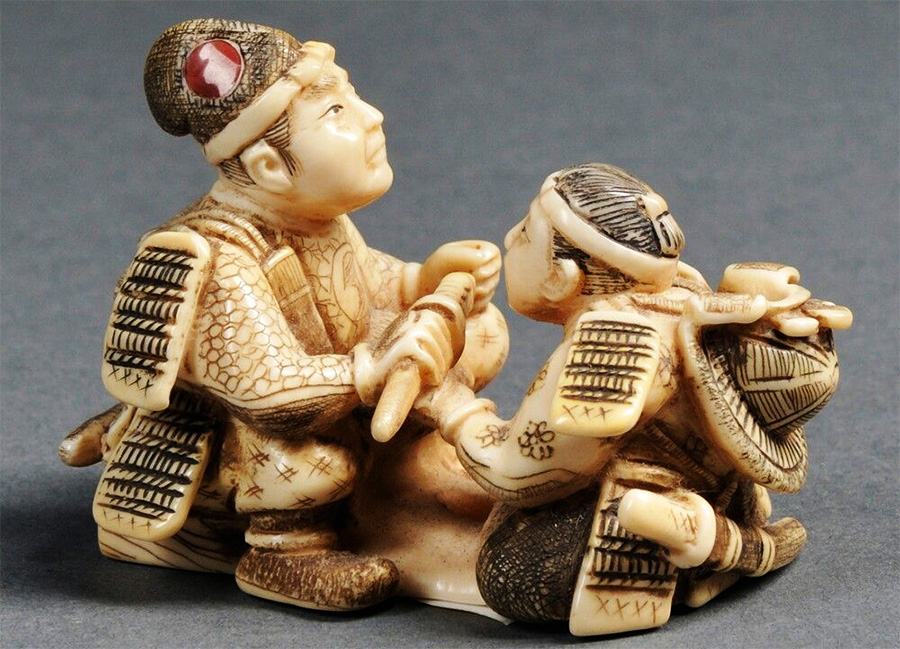
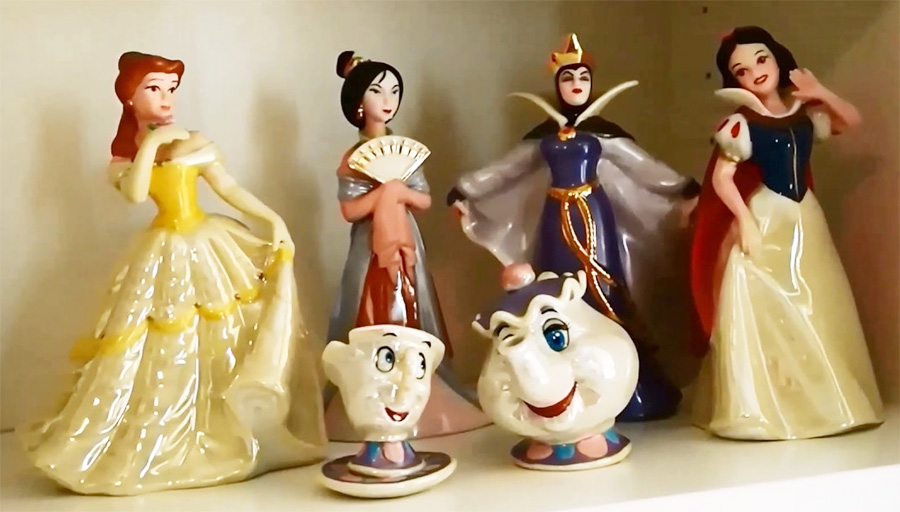
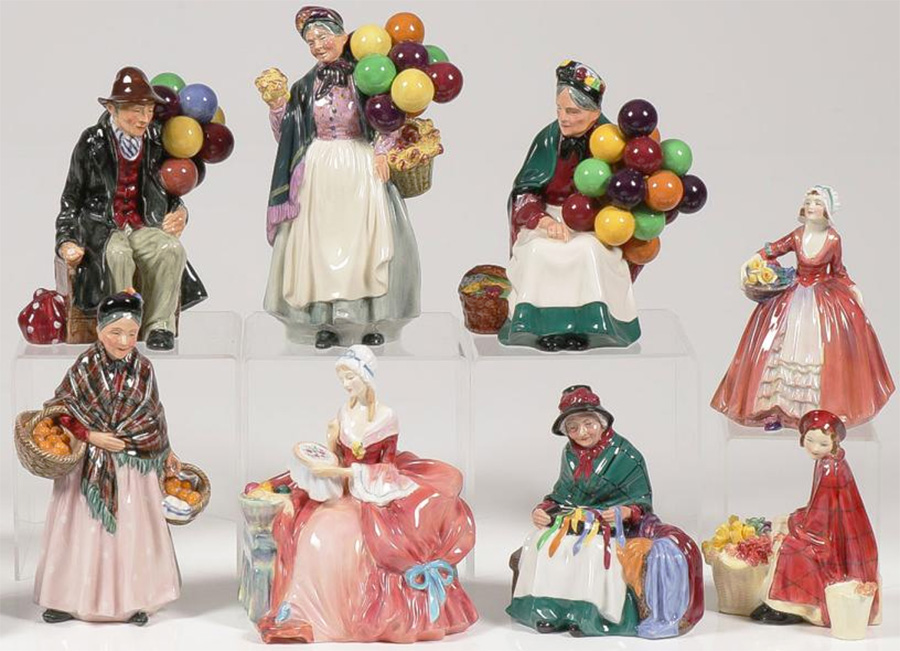
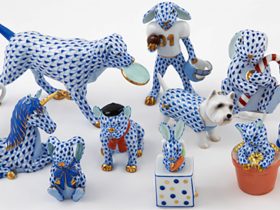
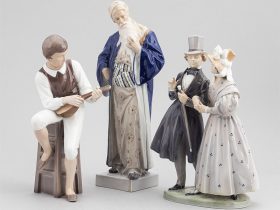
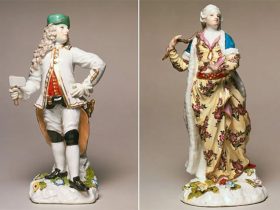

Leave a Reply